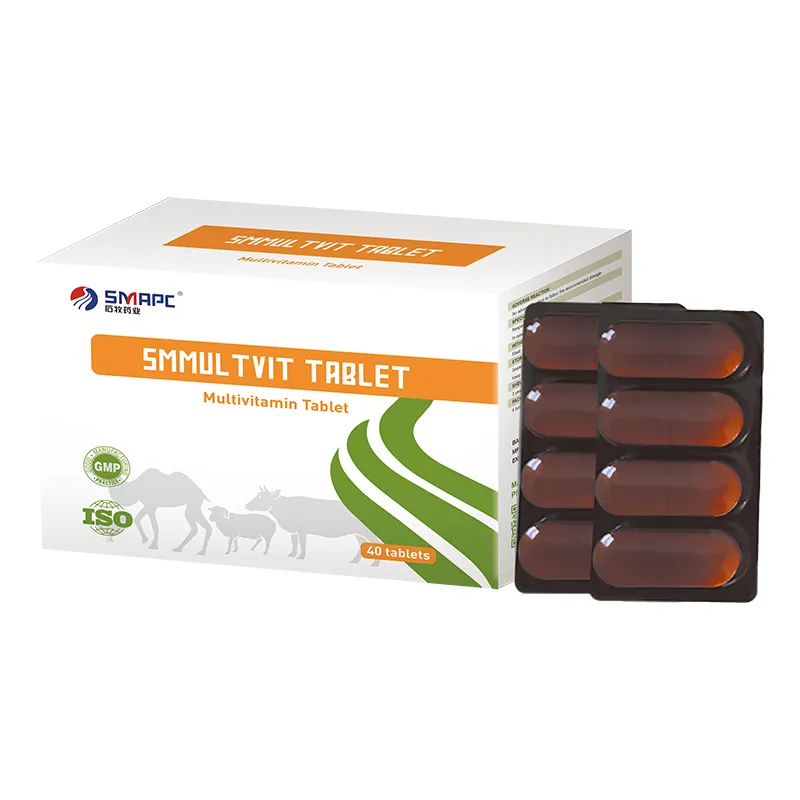While albendazole is widely regarded as safe and effective, it is essential to follow medical advice regarding its use. Dosage and duration of treatment may vary based on the specific type of infection and the patient’s overall health. It is often taken with food to improve absorption, and potential side effects, including abdominal pain, nausea, and vomiting, should be monitored.



